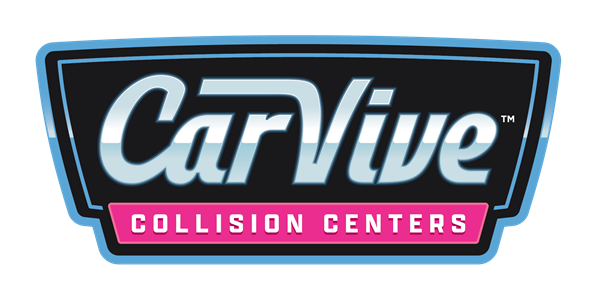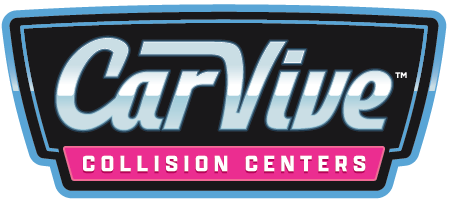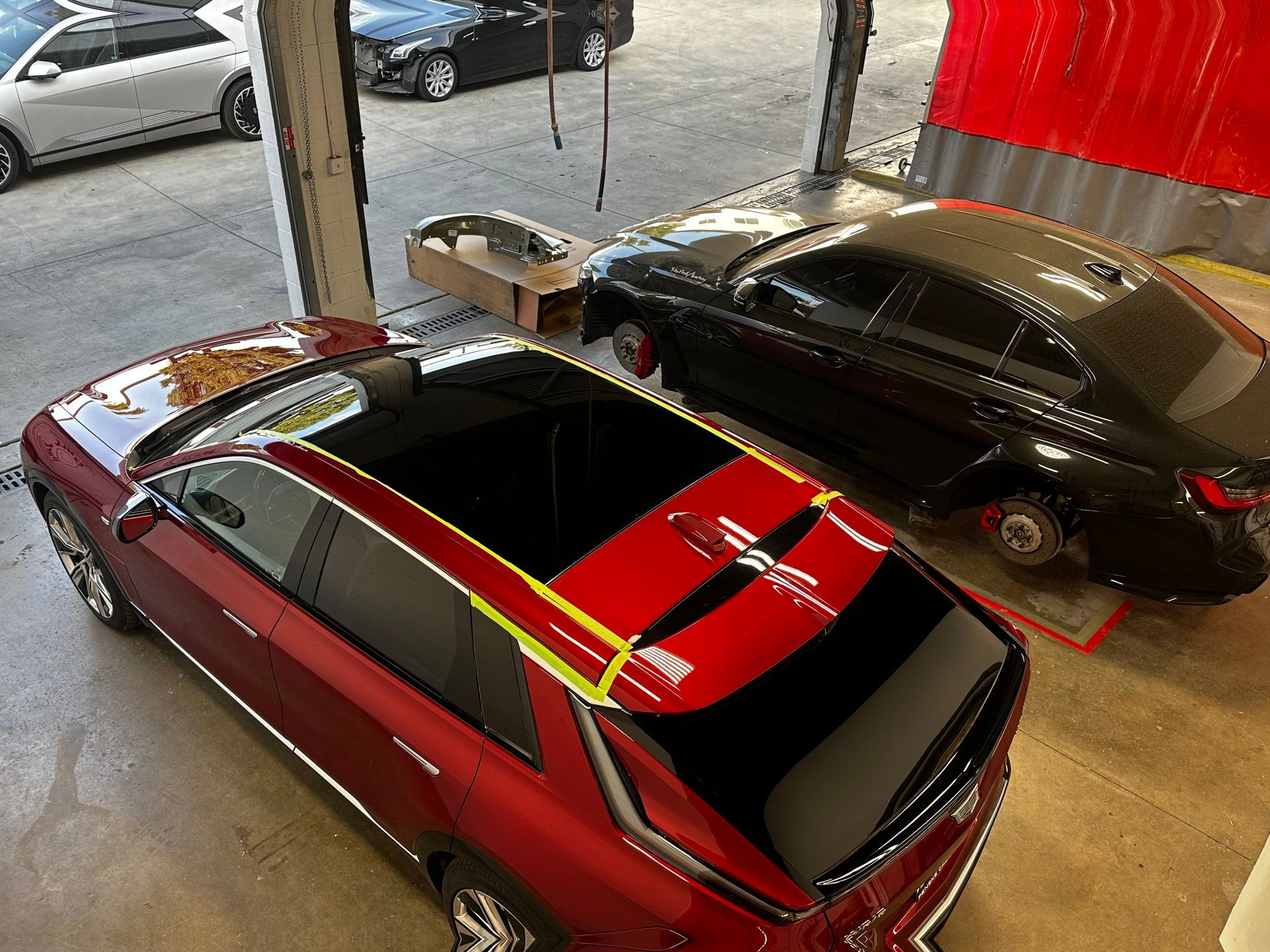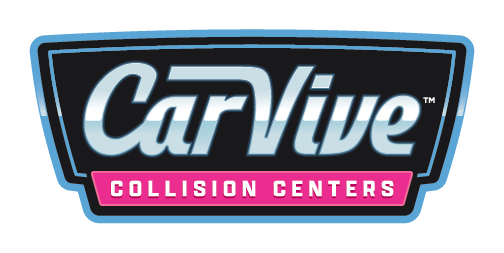True or False: Is a Vehicle Totaled After Frame Damage?
Answer: False, but it depends.
It’s one of the most common misconceptions in the auto repair world: “If the frame is damaged, the car is automatically totaled.” This isn’t always true.
At CarVive Collision Centers, we’ve repaired hundreds of vehicles with structural damage — from Lexus SUVs and BMW sedans to Toyota collision repairs
and Cadillacs
— that were not total losses. In many cases, customers were told by insurance that repairs weren’t possible, only to learn that with the right tools, expertise, and OEM parts, frame damage can be corrected and the vehicle safely restored.
In this blog, we’ll break down what “totaled” really means, when frame damage is repairable, and what rights you have as a vehicle owner after a collision.
What Does It Mean When a Car Is “Totaled”?
A vehicle is considered a total loss when the cost to repair it exceeds a certain percentage of its actual cash value (ACV). That threshold varies by state and insurer but typically ranges from 70% to 80%.
For example, if your Lexus RX has a market value of $40,000, and repairs cost $32,000, your insurer may classify it as a total loss. However, if repairs cost $20,000 and your vehicle retains significant value — it may absolutely be worth saving.
Frame damage is one factor, not a guarantee.
Types of Frame Damage: Not All Are Created Equal
Many modern vehicles, especially luxury brands like Lexus, BMW, and Tesla, use unibody frames. These combine the body and frame into one single structure.
Minor/Subframe Damage
- Often repairable
- Does not compromise structural integrity
- May involve bolt-on components
Moderate Structural Bends
- May affect suspension mounting, rails, or crumple zones
- Requires specialized equipment to restore
- Can still be safe and effective when done properly
Severe Structural Damage
- Twist in the chassis or buckling
- High repair cost
- May be deemed total loss if beyond threshold
At CarVive, we use laser frame measuring systems and OEM repair protocols to determine if structural repair is safe and economically viable.
What Insurance Companies May Not Tell You
Your insurance provider might suggest a total loss simply because aftermarket parts are cheaper, or they have preferred shops that don’t do structural work. But under California law, you have the right to:
- Choose your repair facility
- Request OEM parts
- Challenge a total loss determination
According to the California Department of Insurance, you are never required to use a body shop suggested by your insurer.
If you’re unsure whether your vehicle should be repaired or totaled, schedule a second opinion with our team. We’ll walk you through the damage, estimate the real cost, and advocate for the right outcome.
What Happens When Frame Damage Is Repaired?
If done correctly, a vehicle with previous frame damage can be:
- Structurally safe and aligned
- Fully functional with all electronics calibrated
- Ready for resale with full disclosure
- Covered by lifetime repair warranties (CarVive offers this)
In fact, many of today’s OEMs publish repair procedures for structural damage — especially for models equipped with crumple zones and impact absorption points. Learn more from Repairer Driven News, an industry-trusted publication for auto body professionals.
What Should You Do If Your Car Has Frame Damage?
1. Don’t panic. Frame damage is more common — and more repairable — than most people realize.
2. Request a certified inspection. We’ll evaluate your structure with diagnostic scans and digital measuring.
3. Ask for an OEM repair plan. Never settle for glued panels or untested aftermarket frames.
4. Know your rights. You choose the shop. You choose the standard.
CarVive Blog
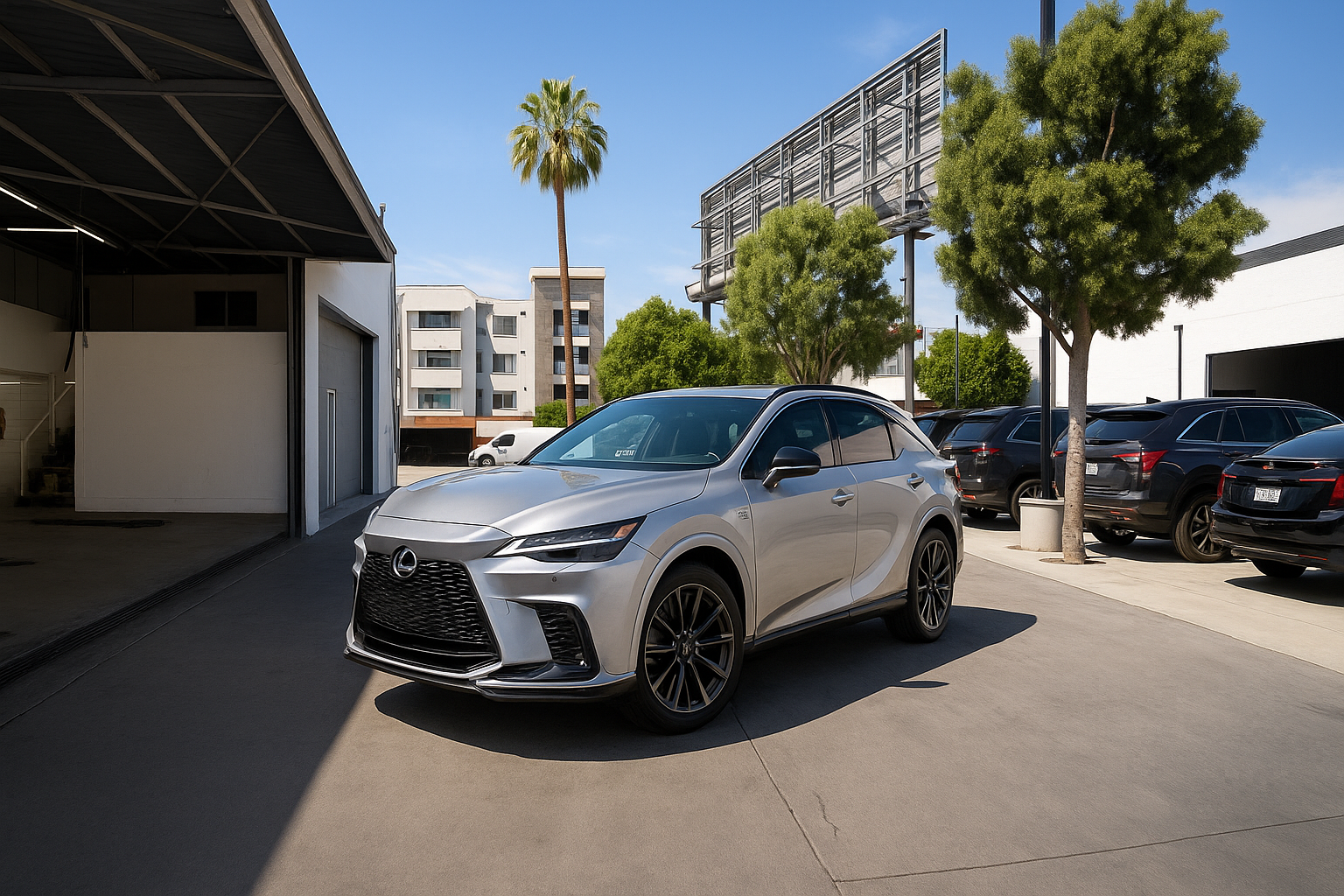
A Lexus RX was towed to our Van Nuys facility last month after a front-end collision on the 405 freeway in Los Angeles, CA. The vehicle’s sensors were triggered, the headlight was visibly cracked, and the alignment appeared off. The owner expected a straightforward insurance claim, but our team had a discussion with the insurer after they recommended an aftermarket replacement for the headlight. Lexus Certified Collision Centers don’t cut corners. We immediately flagged issues: the lens quality didn’t match, the fit was off by millimeters, and the part lacked compatibility with Lexus’ adaptive lighting system. It wasn’t just a cosmetic compromise, it was a functional downgrade. We took over the claim, submitted a detailed report, and fought to have an original Lexus OEM headlight approved. Once the right part arrived, we restored the vehicle using certified methods, recalibrated its systems, and returned it to the owner in factory condition. This is the standard of care Lexus owners deserve. And this is why cutting corners on Lexus collision repair often costs more in the long run—in safety, resale value, and peace of mind.
